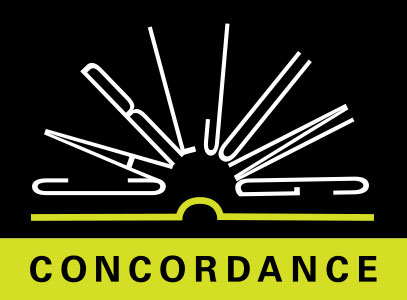Now, all these myth pictures represent a drama of the human psyche on the further side of consciousness, showing man as both the one to be redeemed and the redeemer. The first formulation is Christian, the second alchemical:
In the first case man attributes to himself the need of redemption and leaves the work of redemption, the actual opus, to the autonomous divine figure
CW12 ¶ 414In the latter case man takes upon himself the duty of carrying out the redeeming opus, and attributes the state of suffering and consequent need of redemption to the anima mundi imprisoned in matter
CW12 ¶ 414REDEMPTION IS A WORK
In both cases redemption is a work (fig. 158) . In Christianity the life and death of the God-man, as a unique sacrifice, bring about the reconciliation of man, who craves redemption and is sunk in materiality, with God. The mystical effect of the God-man's self-sacrifice extends, broadly speaking, to all men, though it is efficacious only for those who submit through faith or are chosen by divine grace; but in the Pauline acceptance it acts as an apocatastasis and extends also to non-human creation in general, which, in its imperfect state, awaits redemption like the merely natural man
CW12 ¶ 415The “Mill of the Host”
The Word, in the form of scrolls, is poured into a mill by the four evangelists, to reappear as the Infant Christ in the chalice. (Cf. John 1 : 14: “And the word was made flesh.”)High altar of church at Tribsees, Pomerania (15th cent.)
MAN IS FULLY REDEEMED
By a certain “synchronism” of events, man, the bearer of a soul submerged in the world of flesh, is potentially related to God at the moment when He, as Mary's Son, enters into her, the virgo terrae and representative of matter in its highest form; and, potentially at least, man is fully redeemed at the moment when the eternal Son of God returns again to the Father after undergoing the sacrificial death
CW12 ¶ 415THE IDEOLOGY OF THIS MYSTERIUM
The ideology of this mysterium, [the mystical effect of God-man's self-sacrifice], is anticipated in the myths of Osiris, Orpheus, Dionysus, and Hercules and in the conception of the Messiah among the Hebrew prophets. These anticipations go back to the primitive hero-myths where the conquest of death is already an important factor. The projections upon Attis and Mithras, more or less contemporary with the Christian one, are also worth mentioning. The Christian projection differs from all these manifestations of the mystery of redemption and transformation by reason of the historical and personal figure of Jesus. The mythical event incarnates itself in Him and so enters the realm of world history as a unique historical and mystical phenomenon
CW12 ¶ 416The main points of resemblance are:
In Osiris, his God-man nature, which guarantees human immortality, his corn characteristics, his dismemberment and resurrection
In Orpheus, the taming of the passions, the fisherman, the good shepherd, the teacher of wisdom, the laceration
In Dionysus, his wine characteristics, the ecstatic revelations, the fish symbolism, the dismemberment and resurrection
In Hercules, his subjection to Eurystheus and Omphale, his labours (mainly to redeem suffering humanity from various evils), the cross formed by his journeys (labours 7-10 lead South-North-East-West, while labours 11-12 lead upwards; cf. St. Paul: Eph. 3 : 18), his self-cremation and sublimatio culminating in divinity
